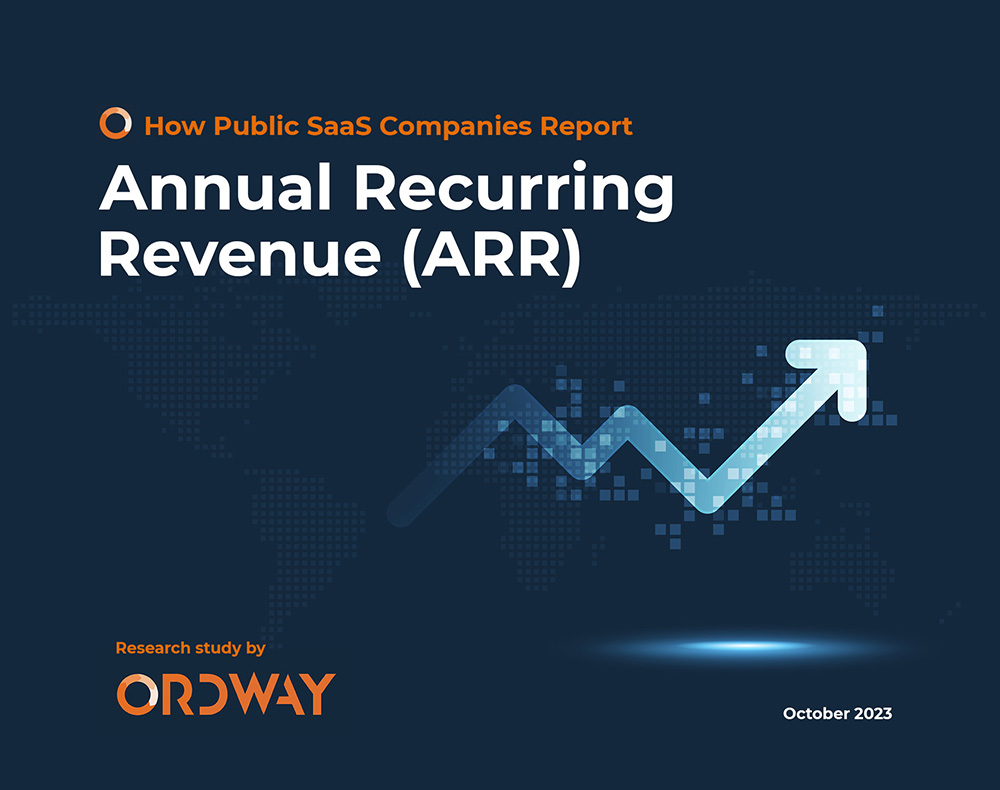How Public Companies Calculate Net Revenue Retention
![Financial bar charts and area graphs in blue and orange highlights]()


We reviewed 135 SaaS, cloud, AI, and fintech providers on the NYSE and NASDAQ to understand the different ways that publicly traded companies calculate Net Revenue Retention.
Steve KeiferJuly 12, 2024



